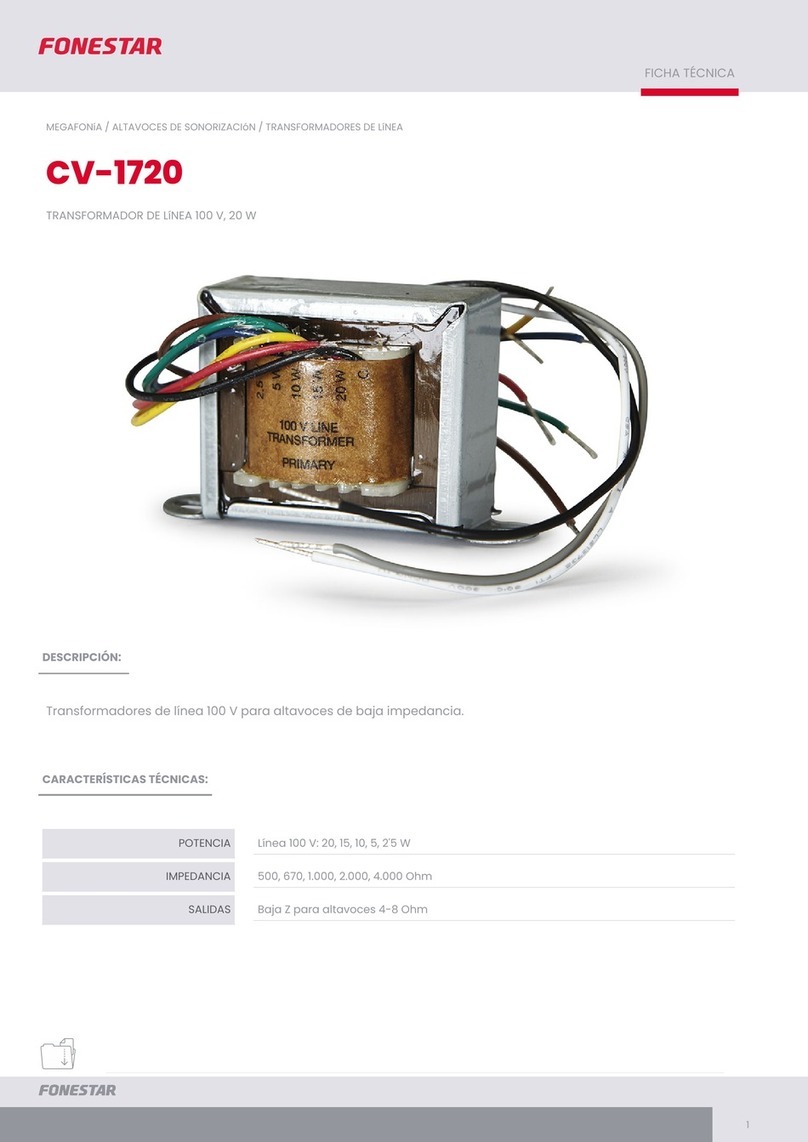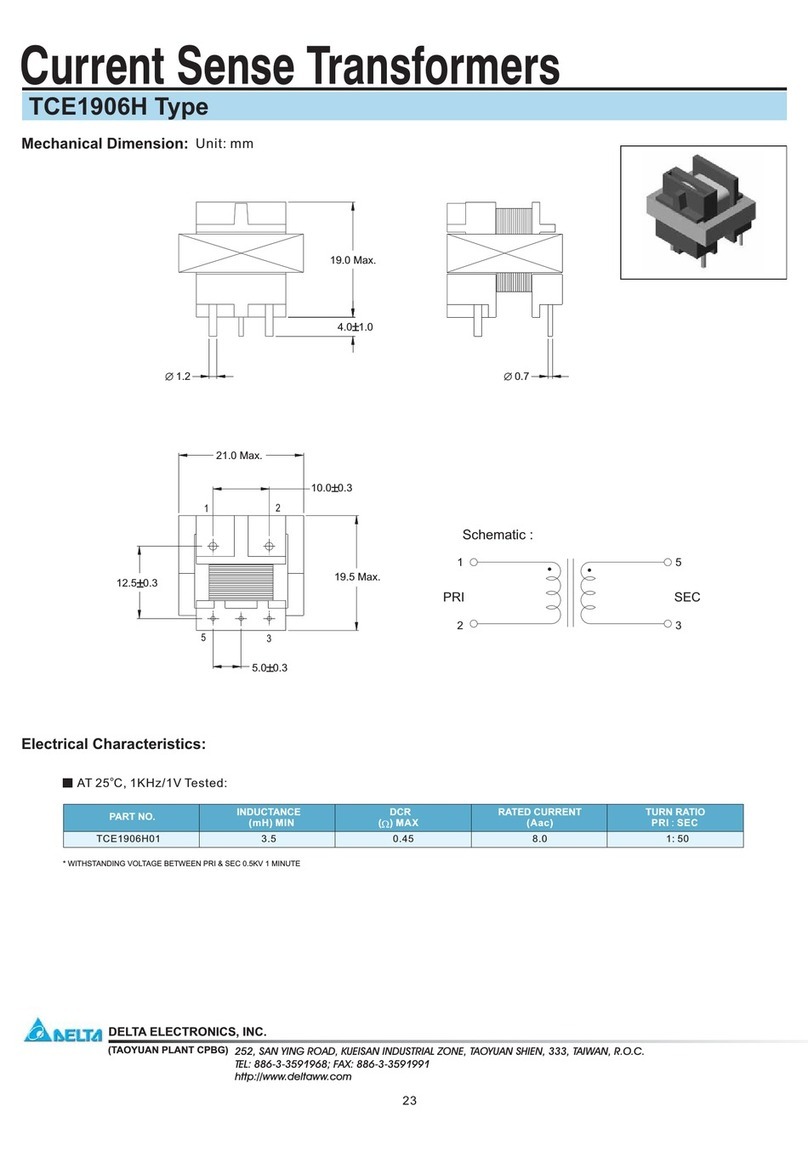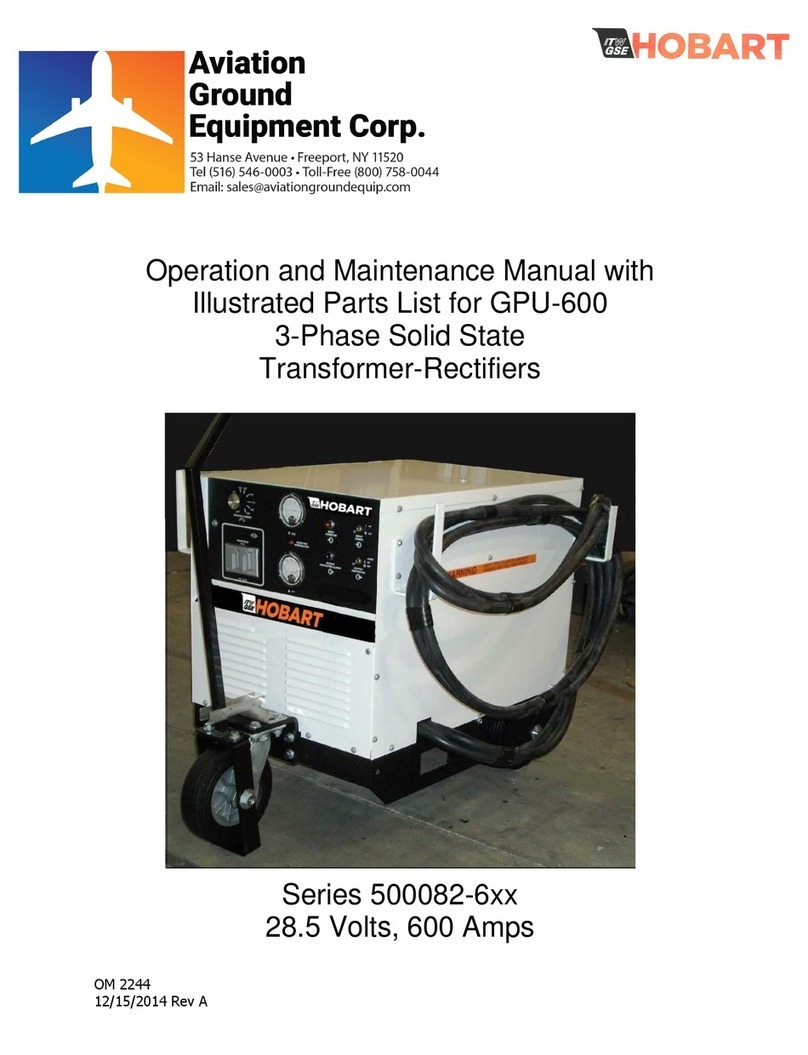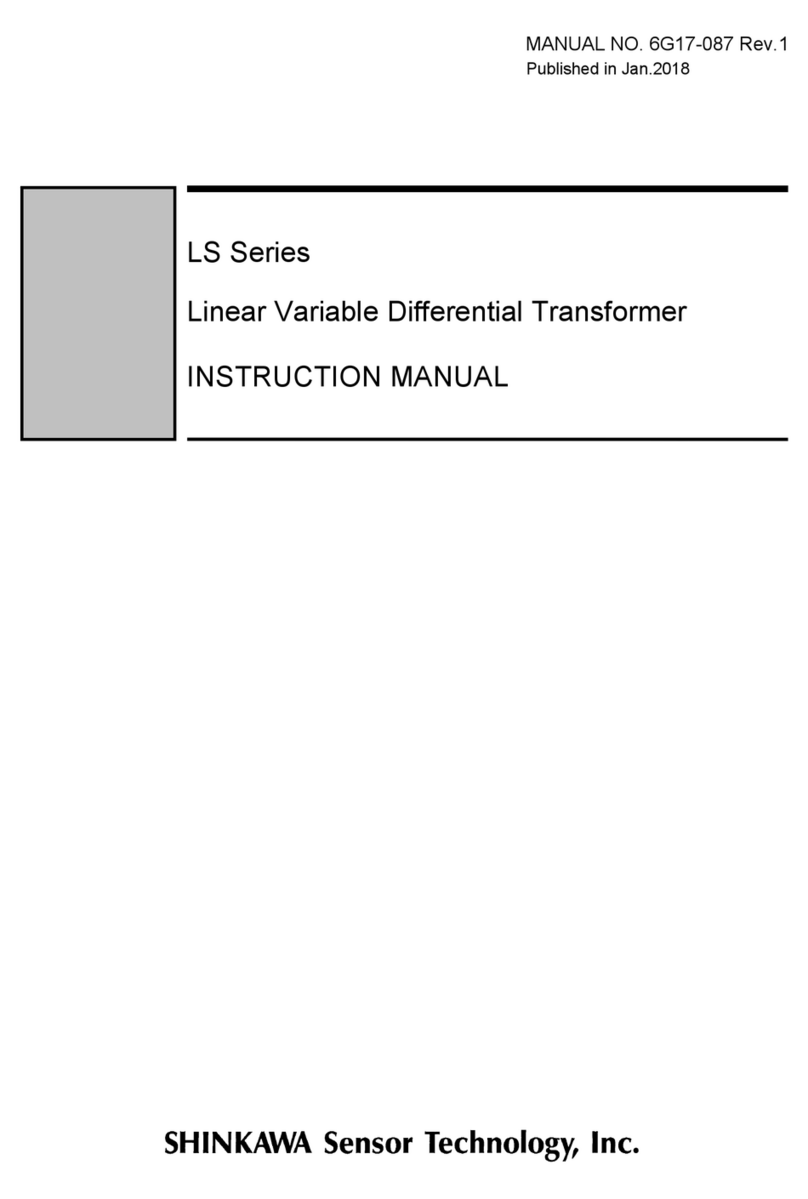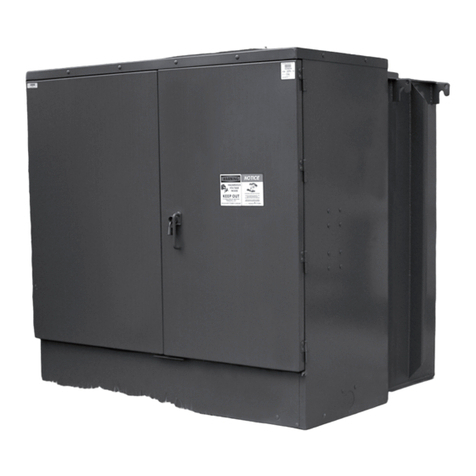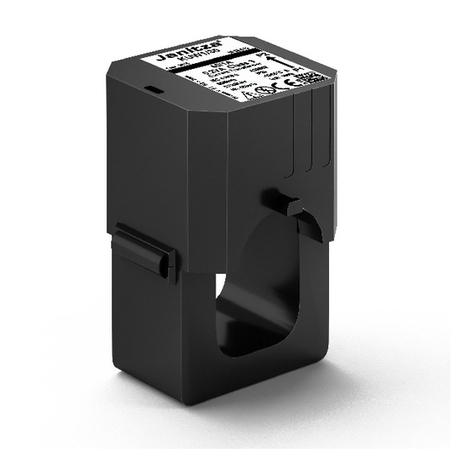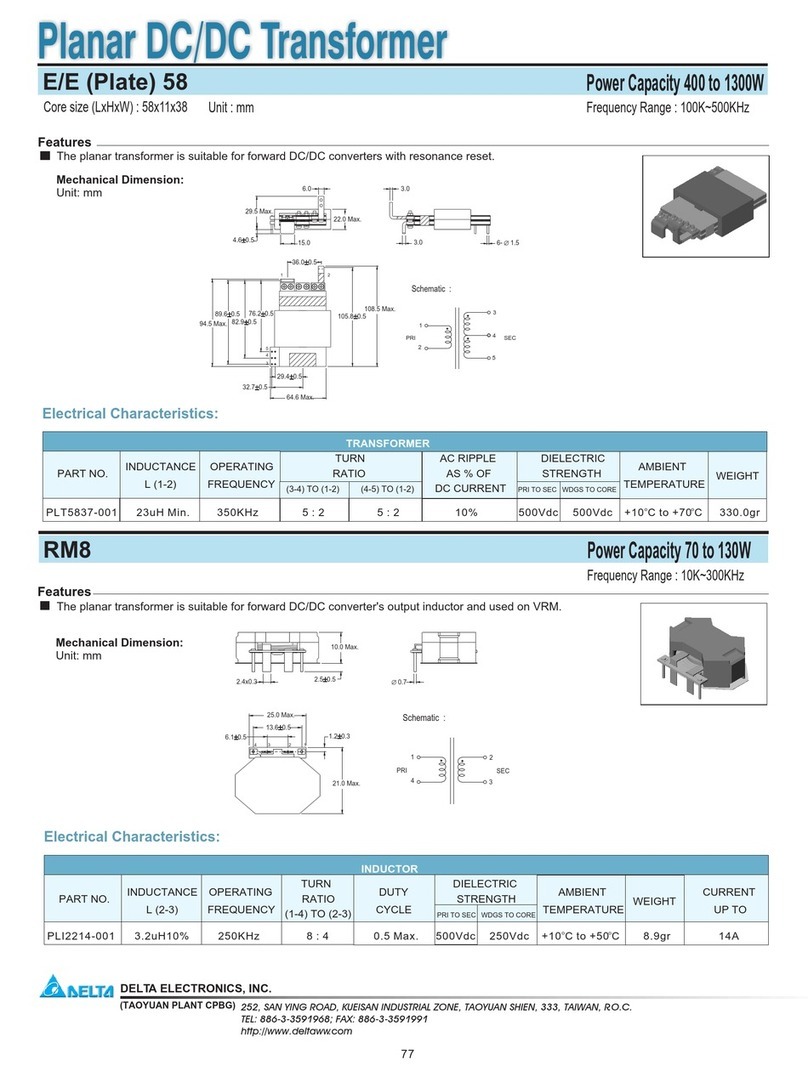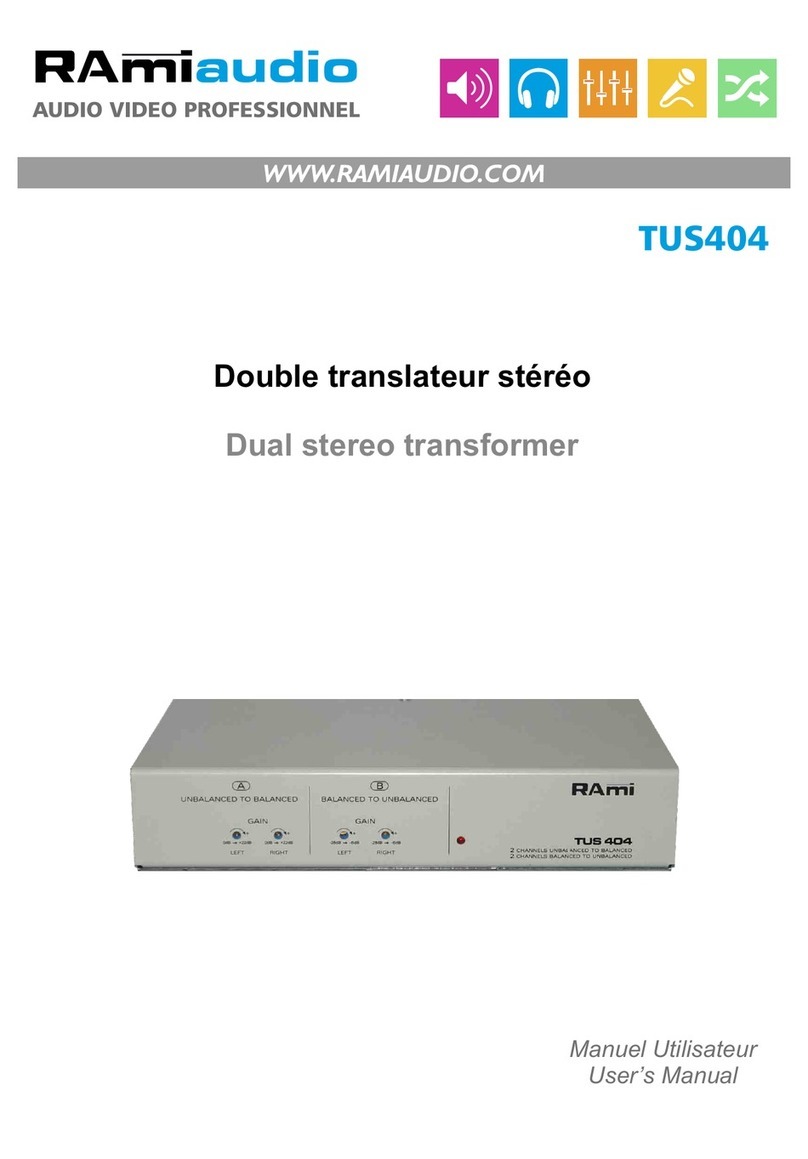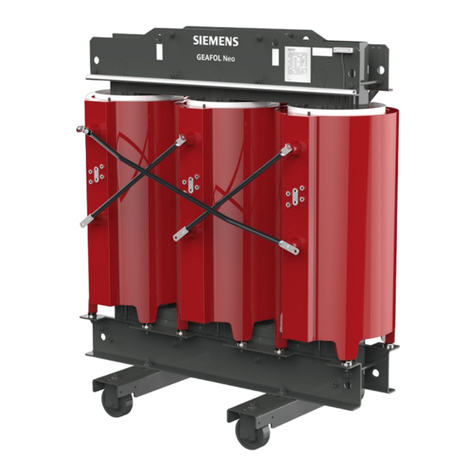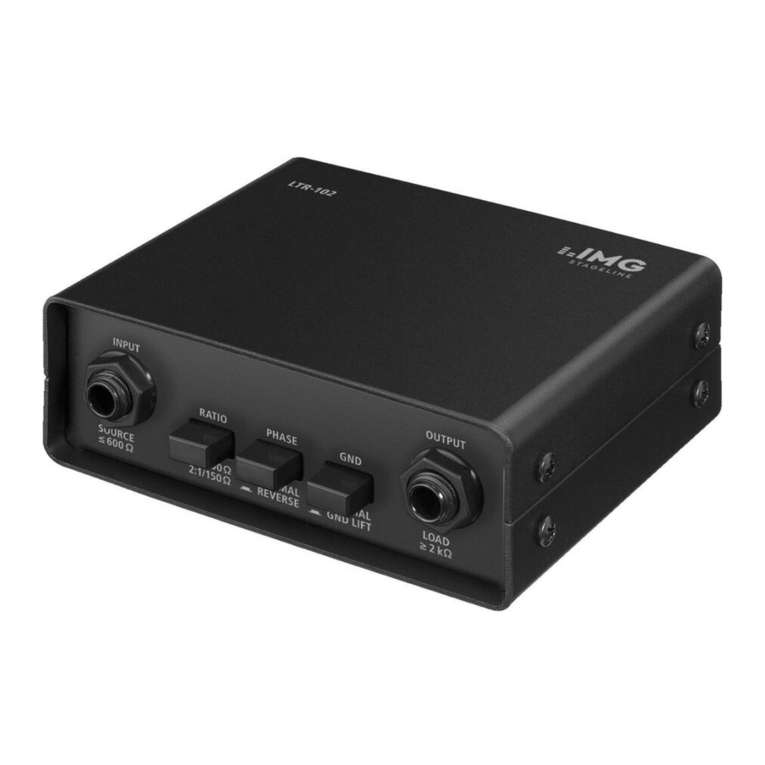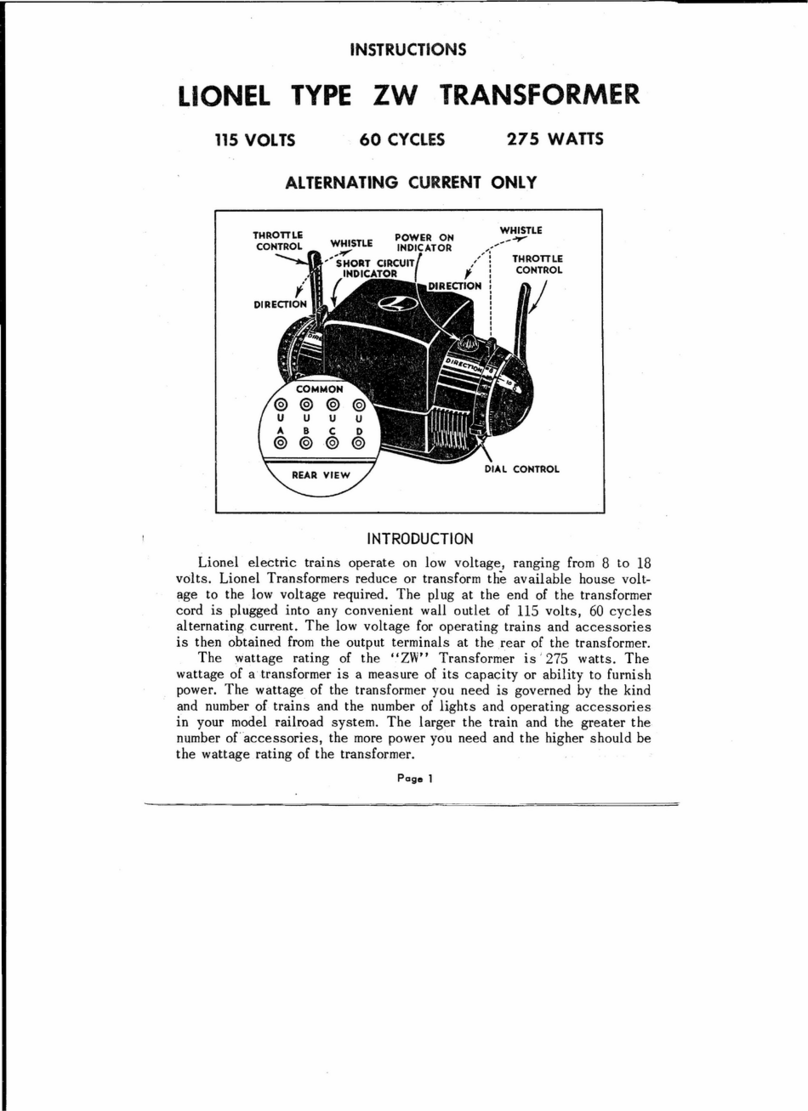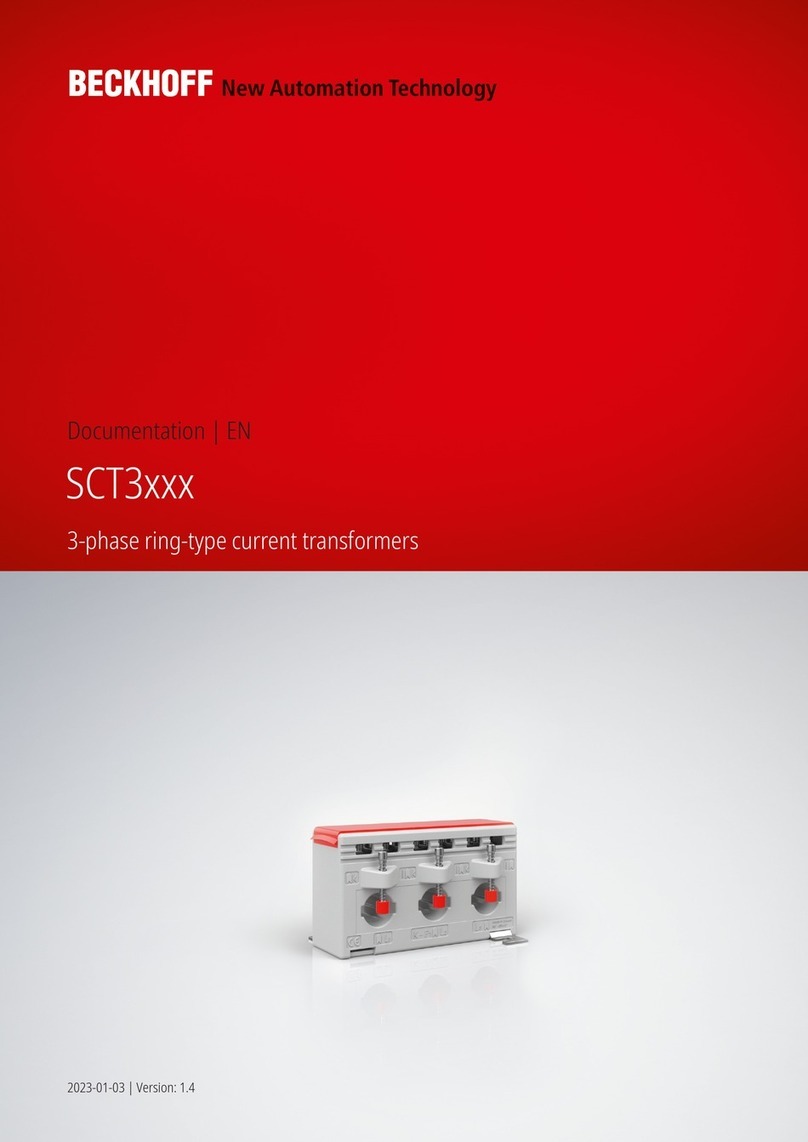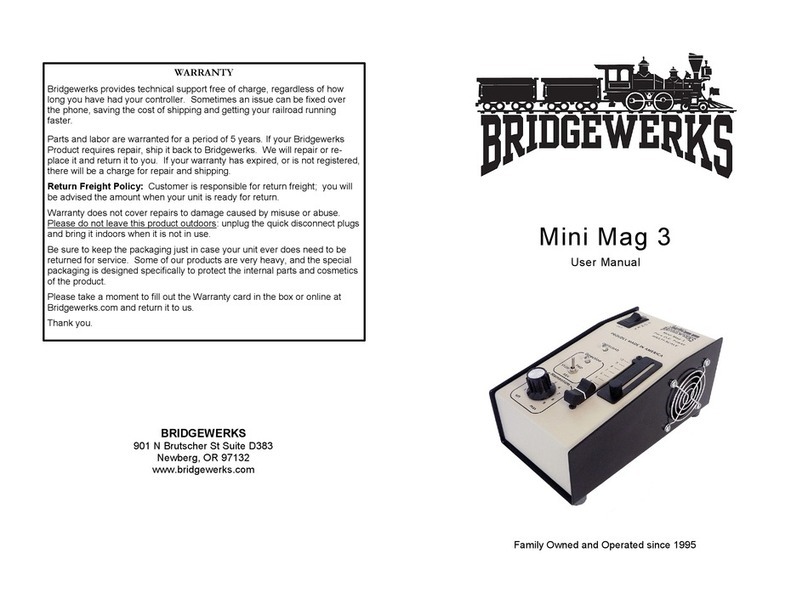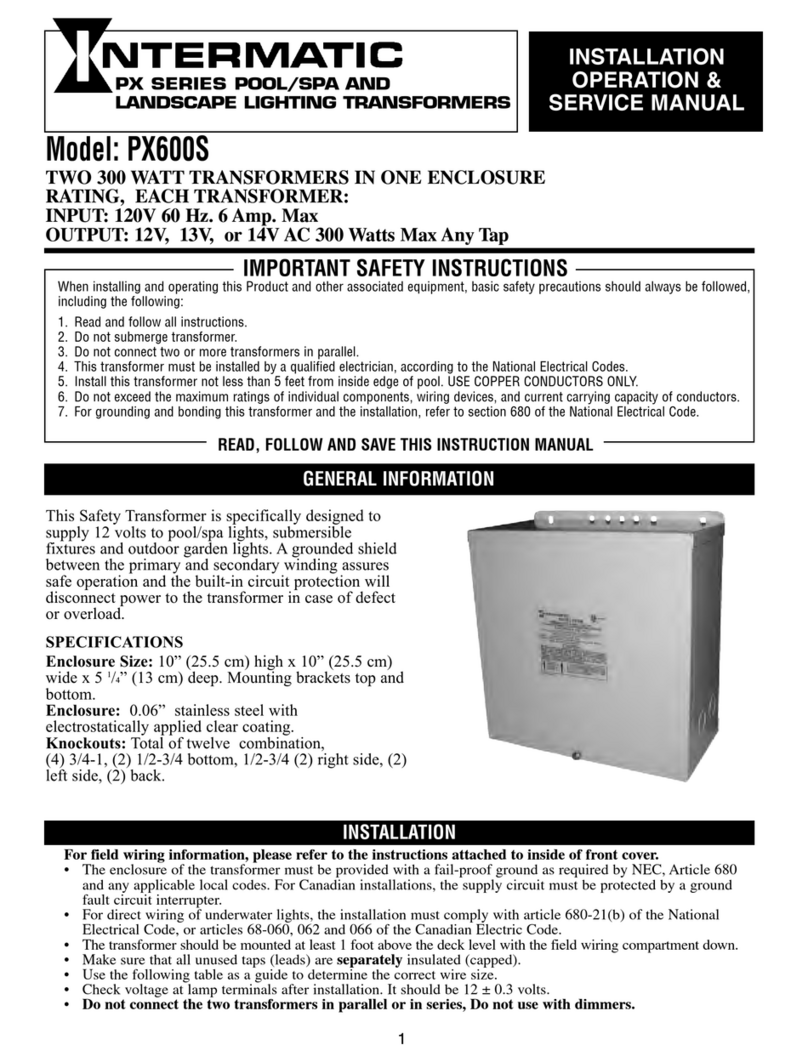
Document 2.4.128, Revision 3
October, 2017
6
Network Transformer Instruction Manual
Drawings and Documents
Locate all shipping papers, packing lists, outline
drawings, and other pertinent information for use
during inspection. The transformer outline drawing
indicates the location of nameplates and provides
physical dimensions and weights. The nameplate
provides electrical characteristics, winding
connections, and weights. The wiring diagram
provides details of any control and alarm wiring that
might have been supplied.
Lifting and Handling
Lifting hooks are provided on the sides of the
transformer tank near the tank cover. All four lifting
hooks must be used simultaneously for lifting. The
transformer must not be lifted from any points other
than the provided lifting hooks. Do not use holes in
the lifting hooks for lifting. These holes are for tie-
down purposes only, and are not suitable for lifting.
Do not use the cover-mounted lifting eyes for lifting
the entire transformer, as these lifting eyes are
suitable for lifting the cover plate only.
Transformers should be lifted in an upright position,
allowing no more than 15 degrees of tilt from
vertical. Lifting cables should be no more than 20
degrees from vertical. Spreader bars should be used
to keep the lifting cables nearly vertical, enabling
a safe lift and reducing the likelihood of tank
deformation or damage to painted surfaces.
Lifting the transformer with a forklift is not
recommended, since weight and balance can be
problematic and radiator panels can be easily
damaged. Refer to the transformer nameplate
to determine the total weight of the assembled
transformer. Special care must be taken when
handling transformers when the ambient
temperature is below minus 20°C (minus 4°F);
otherwise, permanent damage to the transformer
may result.
Initial Inspection
Although all transformers, components, and
accessories are carefully inspected and tested
prior to shipment from the factory, a thorough
receiving inspection should be conducted to detect
any damage or loss that might have occurred after
shipment. The receiving inspection should be
completed upon receipt and before unloading from
the truck. Note any damage or discrepancies on the
bill of lading, le a claim with the carrier, and notify
the Howard Industries Transformer Division prior to
unloading the transformer and before attempting any
repair.
Before unloading the transformer, the following
checks should be performed:
1. Read the serial number on the transformer
nameplate and make sure it matches the
serial number listed on the bill of lading. Also,
check the nameplate for kVA rating, primary
voltage rating, secondary voltage rating,
impedance and other design characteristics,
and make sure they comply with the
specications.
2. Check shipping documents to make sure
the shipment is complete, including all listed
accessories and hardware. Be aware that
additional items may arrive on separate
pallets. Claims for shortages or errors
must be noted on the shipping documents
and reported immediately to the Howard
Industries Transformer Division. Failure to
make a timely claim will constitute unqualied
acceptance and a waiver of all such claims by
the purchaser.
WARNING
FAILURE TO FOLLOW THE INSTRUCTIONS
BELOW COULD RESULT IN DEATH OR
SERIOUS PERSONAL INJURY AND MAY ALSO
RESULT IN DAMAGE TO THE EQUIPMENT.
• Use a crane, suitable lifting cables or
straps, and a spreader bar to unload the
transformer.
• Do not unload using a forklift. Keep
unnecessary personnel clear while
unloading and moving the transformer.
SECTION 2: RECEIVING, HANDLING AND STORAGE

